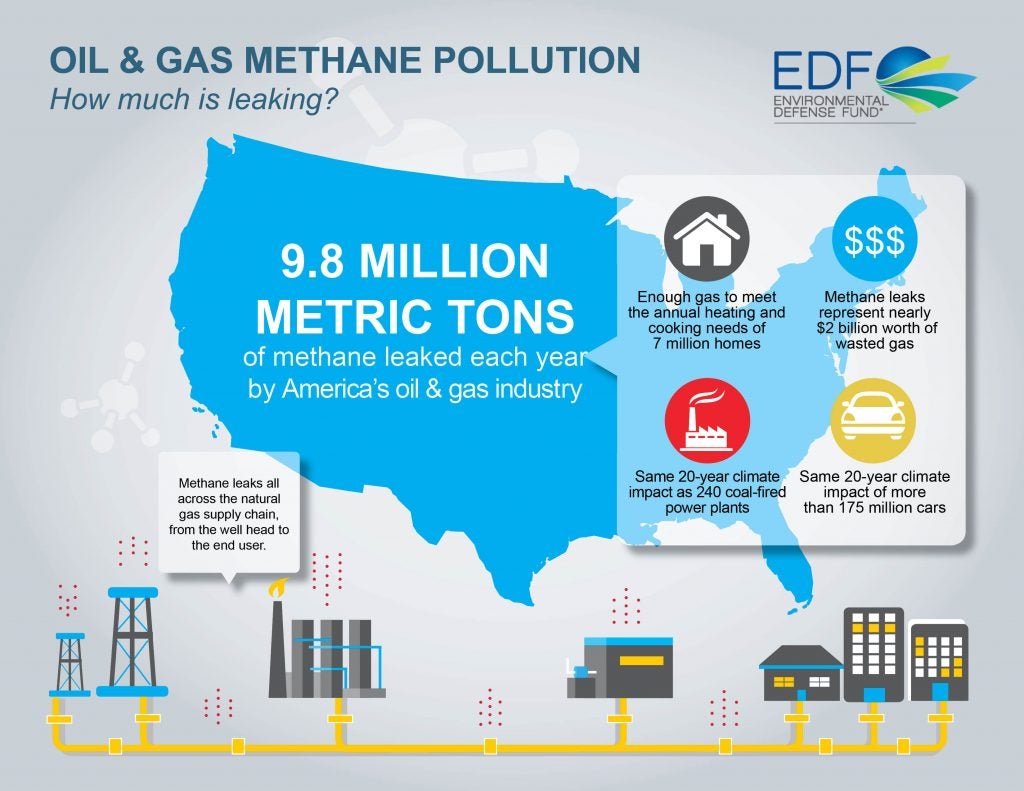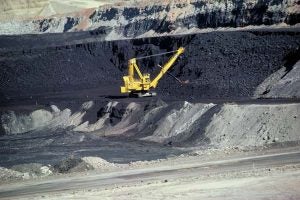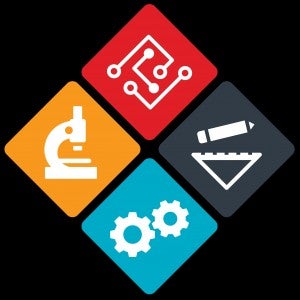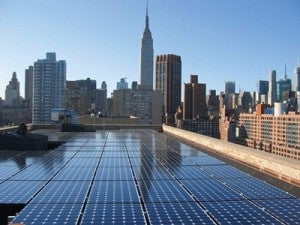This week sees the release of new figures from the U.S. Greenhouse Gas Emissions Reporting Program (GHGRP), which includes self-reported, large facility-level emissions data for 2015.
The good news is that methane pollution from the oil and gas industry is down slightly, thanks to a combination of stronger safeguards starting to take effect, along with a decline in new drilling projects due to an overall market cooling.
Operators report that methane pollution from onshore oil and gas production is down about 3.8% in 2015 from 2014. However, overall greenhouse gas emissions from all reporting segments in the oil and gas sector are only down 1.6%.
Sensible methane standards are starting to work
Some in industry will undoubtedly point to the new numbers as evidence that new emission rules are unnecessary. In fact, the figures show that sensible safeguards are responsible for much of the progress. Read More











 The Environmental Protection Agency (EPA) has committed to regulate existing sources of methane from the oil and gas industry, and it is asking for information from the methane mitigation industry to make sure the rule’s approach and requirements account for recent innovation. The EPA’s announcement comprises the U.S. portion of the North American
The Environmental Protection Agency (EPA) has committed to regulate existing sources of methane from the oil and gas industry, and it is asking for information from the methane mitigation industry to make sure the rule’s approach and requirements account for recent innovation. The EPA’s announcement comprises the U.S. portion of the North American 
 This morning, the House Committee on Science, Space, and Technology Subcommittee on the Environment will hold a hearing on the EPA’s methane emissions regulations, during which I will offer some insights into how and why the oil and gas industry should reduce methane emissions.
This morning, the House Committee on Science, Space, and Technology Subcommittee on the Environment will hold a hearing on the EPA’s methane emissions regulations, during which I will offer some insights into how and why the oil and gas industry should reduce methane emissions.
 New York is preparing for a
New York is preparing for a